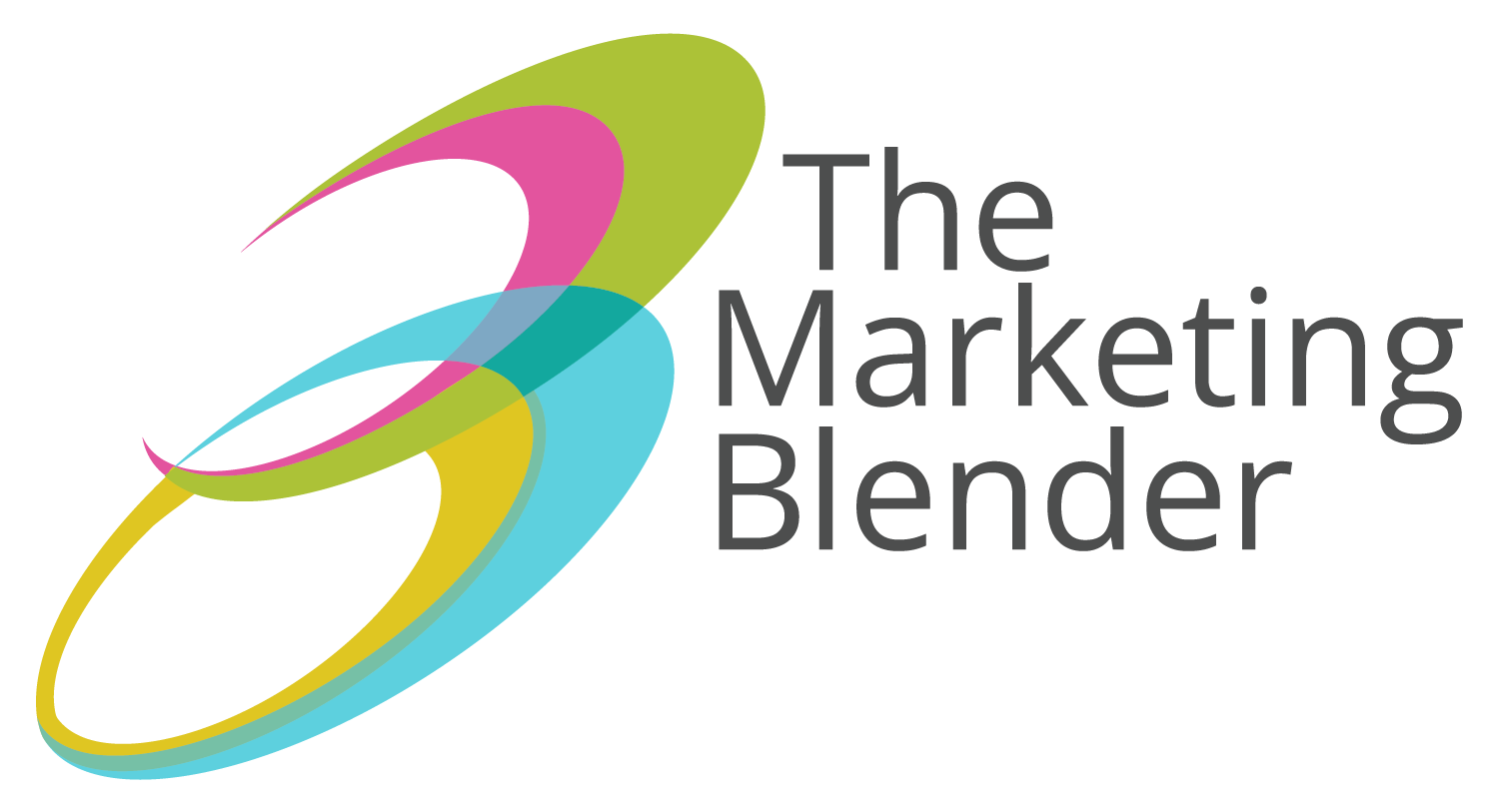Tips for planning next year’s marketing budget before the end of this quarter.
It never fails. In Q4, two different phenomena hit marketing departments—either belts get tightened or a “use it or lose it” mentality takes hold.
How can you avoid both of these stressful fates in 2020? Start planning your marketing budget for the next fiscal year before the end of the fourth quarter sneaks up on you. So how much should you spend and where should your dollars go to achieve better results all year?
How to estimate your annual marketing budget
As a rule of thumb, companies should spend about 7% of revenue or 11% of total company budget on marketing.
Of course, every company’s situation is unique, but those recommendations are based on averages across industries. According to the Gartner CMO Spend Survey, marketing budgets made up 11.1% of total company budgets on average in 2018 and were predicted to remain steady throughout 2019. The survey also found that marketing spend as a percentage of revenue fluctuates between 6.5% to 8.5%. However, companies who want to scale fast are advised to invest 12% to 20% of their overall gross revenue on increasing their marketing efforts.
Where to allocate your marketing budget
To be effective, you must divide your marketing spend between the seven fundamentals of B2B marketing: strategy, branding, website, advertising, digital marketing, trade shows, and sales and marketing alignment.
Strategy and aligning your sales and marketing efforts are the foundation that all successful marketing plans are built on. But what is the best way to decide how much to spend on all the different marketing tactics?
The first step is to make sure you are clear on your goals. As a marketing agency focused exclusively on B2B challenges, we understand that marketing dollars are only worth spending if they actually return real business results.
Most B2B companies have two primary goals that are best impacted by marketing:
- Position yourself above your competition and raise awareness to stand out in the marketplace.
- Generate leads and drive sales.
To achieve the first goal of differentiation, invest in strong branding, compelling advertising, and an easy-to-navigate website.
The second goal of driving leads and sales can feel more complicated. It requires the right mix of digital marketing and trade shows. To figure out which tactics will achieve the best results for your company in the next fiscal year, you need to understand two metrics for each tactic: cost per lead and conversion rates.
Your average cost per lead is how much you spend to acquire a new customer. To calculate your cost per lead, divide the total amount spent on marketing by the number of leads generated. For example, if you spend $100,000 on marketing and generate 1,000 leads, your cost is $100 per lead.
Your average conversion rate is the percentage of leads that convert into paying customers. To calculate your conversion rate, divide the number of conversions by the number of leads generated. So, if you generate 1,000 new leads, but only 100 leads become customers, then your conversion rate is 10%.
How to calculate your annual marketing budget based on cost per lead and conversion rate
Once you know how much a new lead costs and your conversion rate, there are two calculations needed to figure out your ideal marketing budget.
First, determine the number of leads that your company needs to reach your customer acquisition goal. Simply divide your new customer goal with your average conversion rate. Imagine your goal is 100 new customers with an average conversion rate of 10%: 100 ÷ 0.1 = 1,000. So, you’d need to generate 1,000 new leads to reach the goal of 100 new customers.
Next, you can determine how much it will cost to generate the number of new leads you need by multiplying your goal by the average cost per lead. Imagine your average cost per lead is $100: 1,000 x $100 = $100,000. So, to acquire 100 new customers, your company should plan to spend at least $100,000 on that marketing channel.
By completing these calculations for each marketing tactic you use, you’ll have factual data to base your budgeting decisions on.
Pro tip: Marketing automation is a highly valuable tool for generating and nurturing leads that makes it easy to compare the cost per lead and conversion rates of different channels.
Need help or recommendations? Schedule a free 30-minute assessment with a Blender strategist here.
The Marketing Blender is a full-service B2B marketing agency focused on accelerating growth for clients in manufacturing, healthcare, software, and professional services.
You can share this article using the social icons below and sign up for the Blender newsletter for more insights here.
Interested in FREE advice that will help you propel your sales? Join Blender’s Blog today




